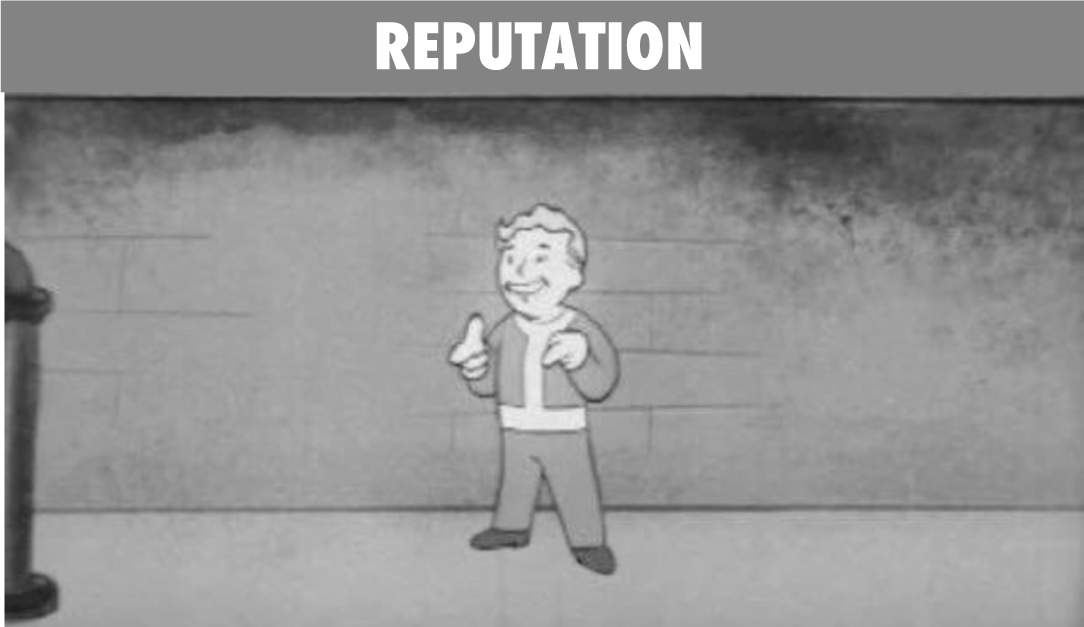A Different Approach to Pricing Design Work
Let’s face it: putting a price on creativity is a tough, trepidatious, and, frankly, an often awkward practice. After all, the number you quote represents the value you place on your work — and yourself.
For most creative types, this can be a tough pill to swallow. But it shouldn’t be. There is no shortage of content out there offering tips on how to negotiate and manage your rights. However, the majority of articles usually leave me feeling as if being a successful designer means living in a fantasy society where mastering the art of pricing is simply a magical recipe of analytical due-diligence, excel wizardry and of course a pinch of legal counsel for good measure.
In the real world — whether you are a freelancing or in-house talent, a junior designer or running an agency — pricing design work comes down to about 30 percent basic finance and 10 percent the ability to draft an airtight contract. The remaining 60 percent is everything else. More specifically, the remainder represents attaching a dollar sign to your Experience, Reputation, and Situation. Handled correctly, figuring out this 60 percent is what will close deals, result in more lucrative gigs, and allow you to become a master of pricing your work and yourself.
Trust — and the Art of the Design Deal
Trust may be the most overlooked ingredient in price negotiations. It’s vital to understand how important mutual trust is in a designer/client relationship.
Look at it from the client’s perspective: in a nutshell, when meeting with a potential creative partner, most clients have three perfectly reasonable expectations:
- Their money will be put to good use
- The contractor will perform the task efficiently
- The final product will satisfy a set of predetermined criteria.
It is only fair, then, that designers have a couple of expectations of their own, namely:
- They intend to complete a task to the best of their abilities
- Their end-work will satisfy the client and, ideally, exceed their expectations.
From a client’s perspective, the most trustworthy designers are those with the most experience who can also offer a documented history of delivering projects on time, that exceed expectations while satisfying a number of requirements.
In a client’s eyes, it’s easy to feel reassured when handing off a big project to a UI designer who also happens to have a proven track record of good work that is on time rather than trust a designer who has just dipped their feet in the water. However, even novice designers can build trust and gain experience by simply doing good work at fair prices while hitting deadlines and building a strong client base.
Leveraging Design Experience
Whether seasoned or new, experience is one of the greatest tools a designer can utilize. When is the time right to leverage your experience as a tool? When mitigating risk and when playing the expert card.
Personally, when taking on a project that appears to be risky from a design perspective (i.e. it’s outside of my comfort zone or skillset, or I have concerns about the trustworthiness of client), I will charge more in the form of a blended in PITA (Pain In The Ass) tax, simply because taking on such a project in turn means taking on additional risk. For instance, if there is a chance I won’t be able to accomplish the task in a satisfactory manner, or it will take longer because it requires some light education on my part to brush up on a certain skill, then I calculate that time into pricing.
In these situations, the PITA tax will take form in either a higher down-payment or an increase of my hourly rate. Doing so allows me to take my time, learn the skills needed to ensure my client gets the best possible solution. On the flip-side, with easy-going clients who’ve I built a rapport with I will do my best to work within their budgets especially since that means more work down the line.
When it comes to leveraging expertise, there are times when clients seek out designers specifically because of their expertise in a specific style. If you’re one of those lucky designers — with a special skill set needed at a specific time — this is no time to be humble. It usually means you can bill your services at a premium rate. Why? When you garner enough experience and have built up a solid reputation, top names fetch top dollars.

Your Reputation Is Your Most Powerful Asset
A designer’s reputation is simply the product of your talent plus experience multiplied by a viral factor. In many ways, reputation reflects experience, the likeliness others are willing to recommend your services and if others want to work with you. But don’t confuse reputation and experience. The difference between the reputation and experience is reputation dictates how much a client is willing to pay and experience dictates how much you can charge.
Pricing For Reputation Inflation
The problem with managing your reputation is that usually only you notice when it rises or sinks, making it tricky to accurately pinpoint your current value. Over the years I came up with a simple strategy to gauge my pricing according to my current reputation. First, I find a baseline price for any given service ( eg; Logo Design at $60 per hour ). Next, I calculated the average price I’ve charged in the past year for that same service ( eg; $65/hr avg. )
That average represents a baseline price I can comfortably charge based on my current reputation. Once I’ve done that, I can start raising the price by a fixed percentage ( eg; 5 to 12.5% ) based on an arbitrary number of jobs completed going forward (every x jobs).
There is always the chance a client may bitterly reject the higher number. If that happens, it’s best to slowly work back towards your baseline. The agreed-upon compromise should be treated as your new baseline. This strategy will keep your hourly rate inline with your reputation inflation or deflation. Beware: it is an art unto itself to successfully pull off pricing negotiations since it is quite dynamic and heavily situational.

The Situation Matters — There Is No One Price Fits All
When talking about the art of pricing — mastering situational awareness is by far the most nuanced aspect. There are so many variables that you can ponder to arrive at a certain number; for instance, is the company big? What’s their budget? What’s the industry? What’s your relationship with that company? The list goes.
Answers to these questions form the crux of any negotiation and should ultimately be used to shape the final bid. You wouldn’t want to charge a mom-and-pop shop the same price you would for a large enterprise corporation — and visa-versa.
For designers of all experience types this is where most bids often go awry, and the nagging “What if’s” start seeping in.
Despite seeming like an endless list of checkboxes, determining your pricing situation is really pretty easy. Simply consider the following questions:
5 questions you should ask yourself and the client before any discussion about price
- What is Your Relationship With Client? — In most cases, this determines the relative “friendliness”, formality, and ease of the project and negotiations.
- How Large is the Organization? — Understanding the size of the company will allow you to gauge their budget and resources while also giving you an idea of the scope of the project.
- How Will My Skills be Engaged? — Understanding how your services will be deployed will allow you to price more effectively from the get-go and while being able to frame the conversation better. This includes, fee-structure, duration, deliverables, and whether you are working in-house or freelancing
- How Many Stakeholders? — The more cooks in the kitchen, the longer it takes to bake a pie. Projects with numerous (and/or undefined) stakeholders usually means more work for you. This work typically manifests itself in the form of project management and negotiating conflicting opinions.
- What is the Budget? — Probably the most important question. Always get a rough estimate of the client’s budget before giving them a quote. This way you’ll know whether they are either outside your price range. (It will give you better insight into how to price your services within their budget.)
Knowing the answers to these questions are important because they set the expectations between you and the client early on. More importantly, the answers give you the designer foresight into how the client will react to your bid.
For example; John is a brand designer and is approached by a Small Startup …
- Who was referred to him by a close friend.
- Looking for Full Branding Package and a redesign of their event collateral.
- Wants a freelancer who can work in-house alongside their creative director and CMO.
- Need the project wrapped up in 3 months for around $12,000.
Because John asked the five key questions, he knows they are familiar with his work and reputation. He also knows the scope, budget, and vaguely what the deliverables will be.
In the end, whether you are an experienced art director or fresh out of design school — understanding the fundamental principles of pricing (experience, reputation, situation) gives you three powerful tools to include in your arsenal. Knowing how and when to unleash those tools will eliminate much of the mysticism and uncertainty that surrounds pricing creativity.
Cody Robertson is the creative director for Polyient Labs, where he oversees design and brand strategy for Polyient and its portfolio clients. Prior to Polyient, he spent more than a decade serving in senior creative roles at agencies and firms in NYC, LA and Phoenix working on behalf of numerous world-class brands. He recently earned a certificate in Blockchain Business Innovation and Application from MIT and has contributed articles to CEOWORLD, Authority, Modus and other publications.

No comments.